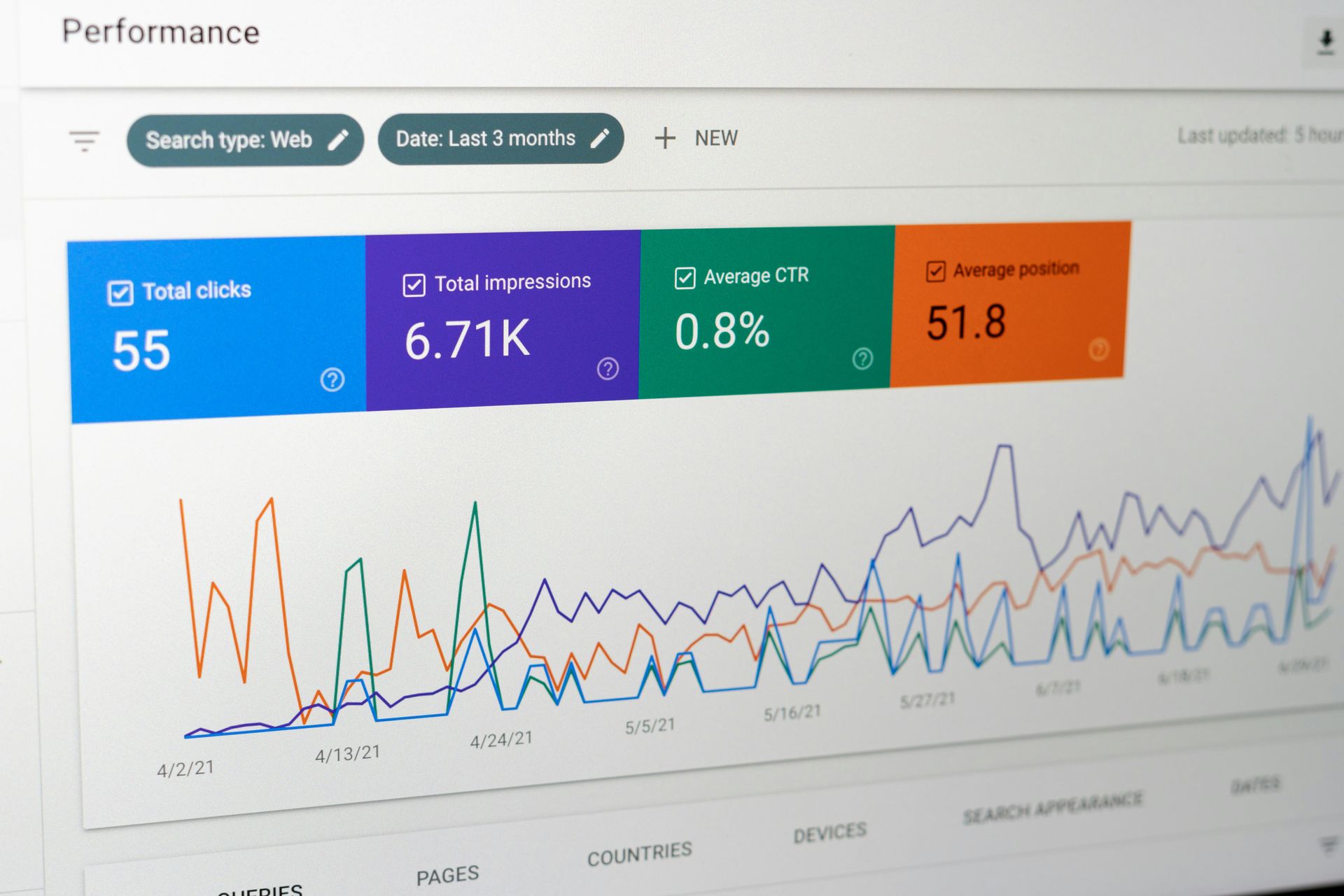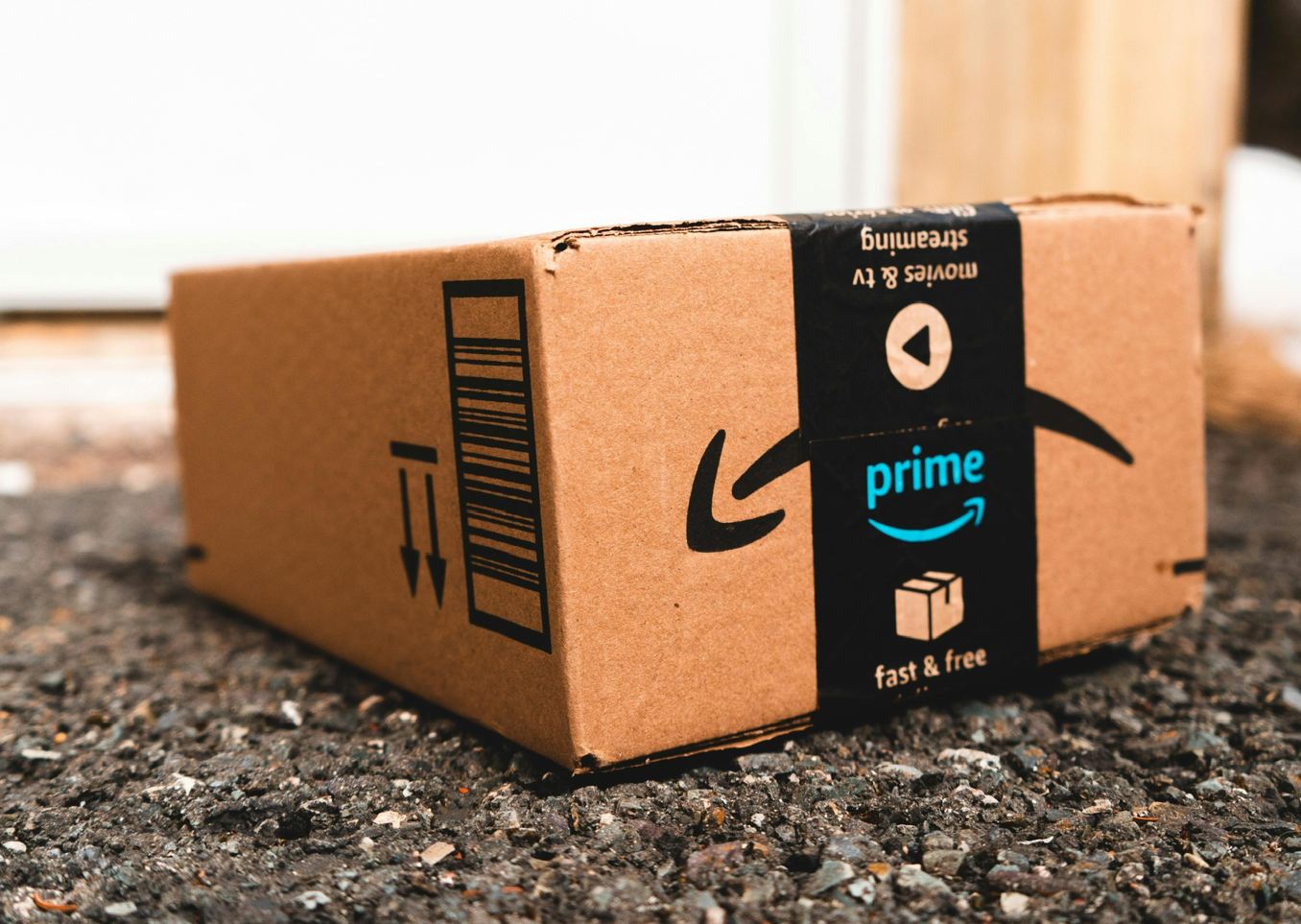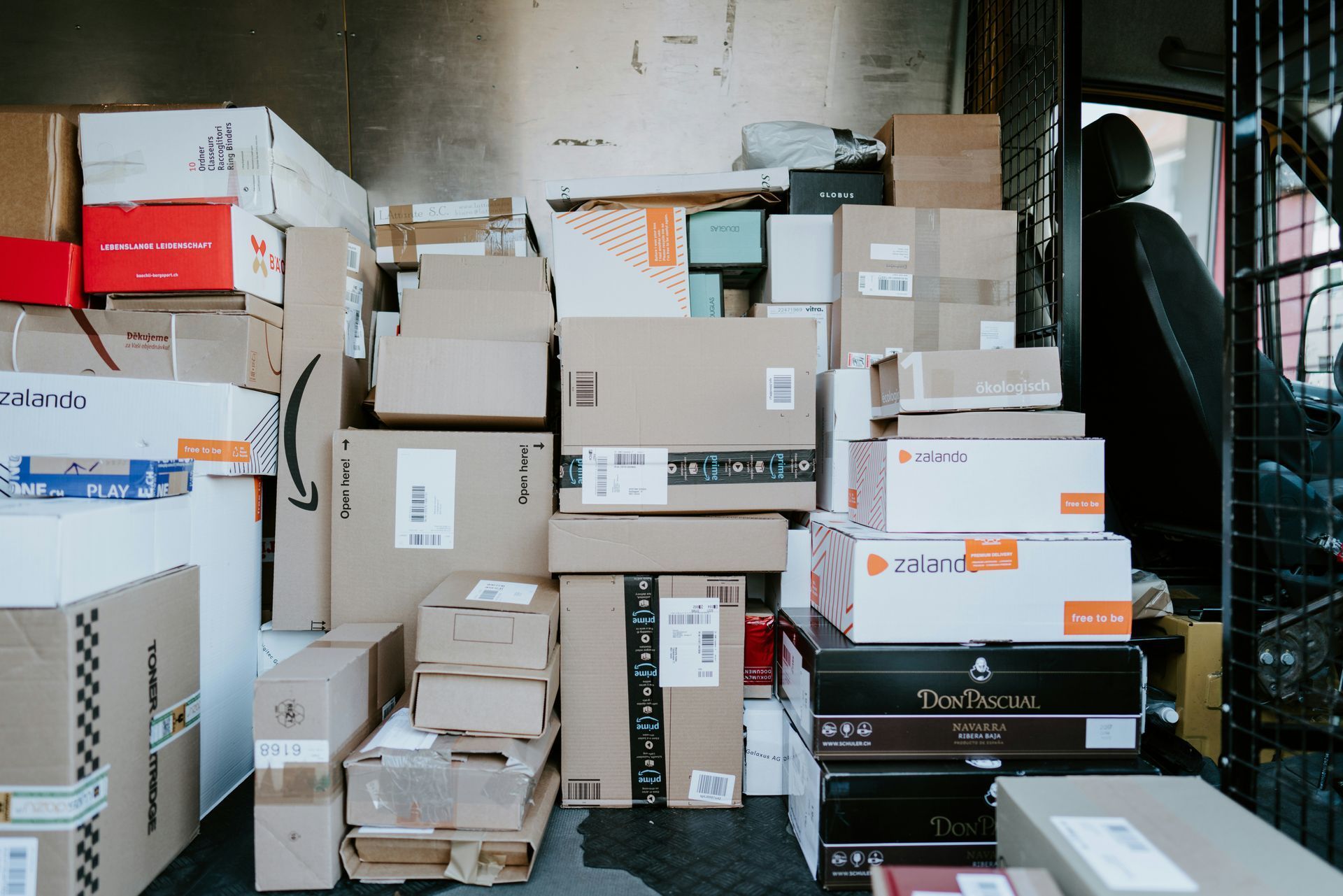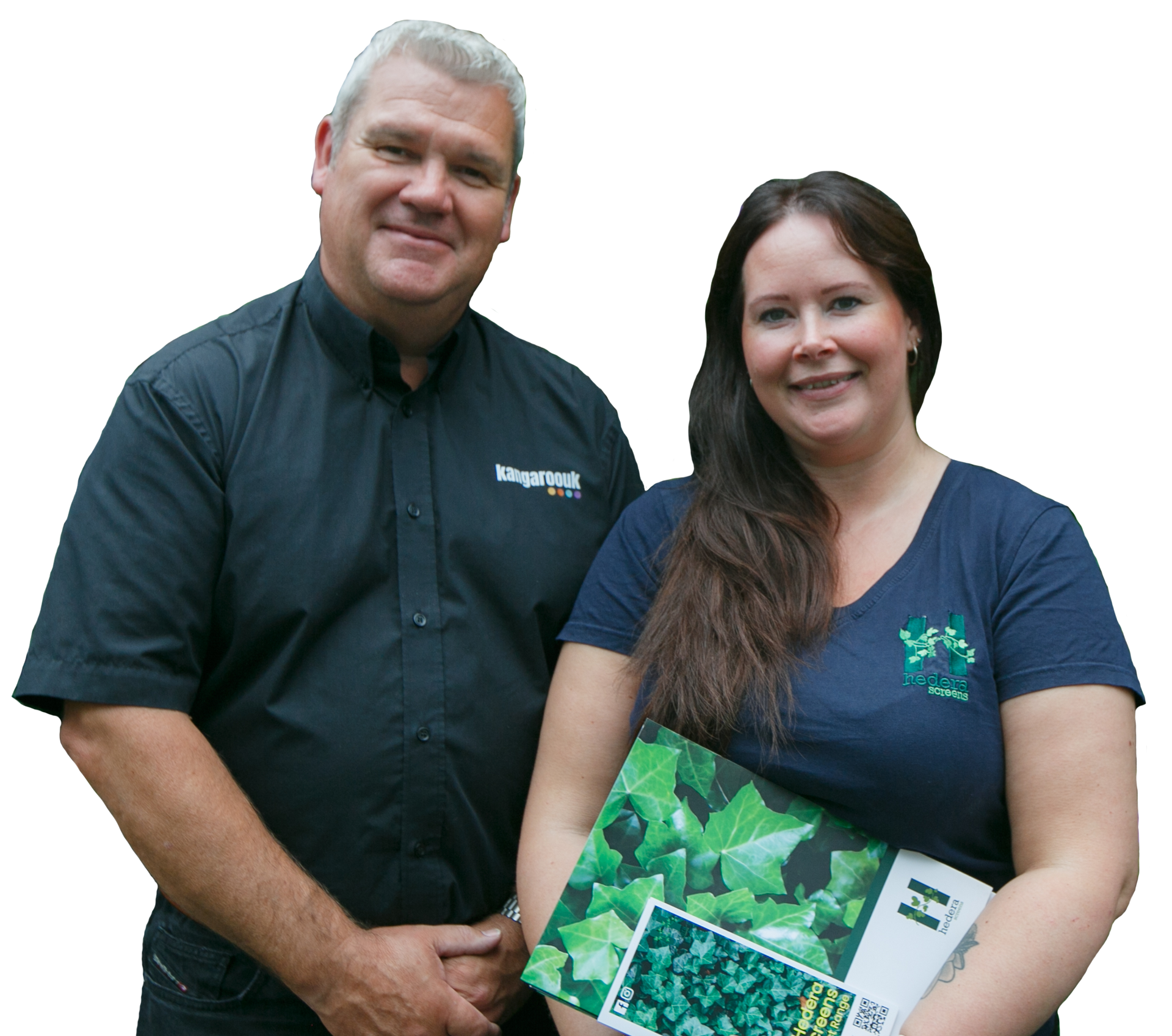6 Tips For Optimising CWV and Improving CLS Score
Updated 3rd September 2025
6 Tips to Optimise Core Web Vitals (2025 Update)
Back in 2021, Google’s Core Web Vitals (CWV) framework became a major ranking factor, encouraging site owners to focus on loading speed, interactivity, and visual stability. Originally, the three key metrics were Largest Contentful Paint (LCP), First Input Delay (FID), and Cumulative Layout Shift (CLS).
Fast forward to 2025, and while CWV is just as important, things have evolved. Most notably, Interaction to Next Paint (INP) has replaced FID as the measure of responsiveness. This update reflects Google’s focus on real-world usability: not just how quickly the first click reacts, but how smoothly all interactions feel.
Core Web Vitals Targets for 2025
| Metric | Good | Needs Improvement | Poor |
|---|---|---|---|
| LCP - Largest Content Paint | < 2.5s | 2.5-4s | > 4s |
| INP - Interaction to Next Paint | < 200ms | 200-500ms | > 500ms |
| CLS _ Cumulative Layout Shift | < 0.1 | 0.1-0.25 | > 0.25 |
If your site scores within the “Good” range across all three, you’re delivering a fast, stable, and responsive experience.
1. Move heavy widgets and embeds below the fold
Widgets like maps, Twitter feeds, and embedded videos often rely on third-party scripts that slow things down.
✔ Place them below the fold.
✔ Use lite embeds for social/video content.
✔ Always add a placeholder container with fixed height/width.
2. Optimise e-commerce layouts
Dynamic elements such as galleries and shopping carts often shift layouts when loading.
✔ Predefine sizes using CSS aspect-ratio or height/width.
✔ Use server-side rendering (SSR) or static rendering for key pages.
✔ Defer secondary content until after the core layout loads.
3. Manage your fonts wisely
Fonts are still a common slowdown if not configured carefully.
✔ Limit to two font families max.
✔ Serve fonts in WOFF2 format.
✔ Apply
font-display: swap
or
optional
.
✔ Consider system fonts for body text.
4. Watch your tracking scripts
Tracking can quickly bloat your pages.
✔ Audit tags regularly and remove unused ones.
✔ Consider server-side GTM for leaner load.
✔ Load non-critical scripts asynchronously.
5. Always reserve space for images and ads
Avoid unexpected content jumps that hurt your CLS score.
✔ Define width/height or aspect-ratio for all images.
✔ Use
<picture>
/
srcset
for responsive images.
✔ Reserve space for ads/iframes before load.
✔ Limit to one above-the-fold hero image.
6. Prioritise smooth animations
Animations directly affect interactivity scores like INP.
✔ Animate only opacity and transform.
✔ Avoid layout-affecting properties (height, width, margin).
✔ Test menus, accordions, and modals for a snappy feel.
Quick Optimisation Checklist
- LCP below 2.5s on average
- INP under 200ms for most interactions
- CLS under 0.1 across pages
- Non-essential widgets loaded below the fold
- Fonts optimised (WOFF2 + swap/optional)
- Scripts and tracking audited
- Image and ad slots reserved with correct dimensions
Final Thoughts
The evolution from FID to INP shows just how seriously Google takes real-world usability. In 2025, optimising for Core Web Vitals is about more than just ticking boxes — it’s about delivering an experience where pages load fast, stay stable, and respond instantly.
If you can keep LCP ≤ 2.5s, INP ≤ 200ms, and CLS ≤ 0.1, you’ll give both Google and your users exactly what they want: a smooth, frustration-free experience. That translates into better rankings, higher user engagement, and improved conversions.
Your SEO, your UX, and your bottom line will all benefit. Call today to speak with one of our SEO specialists.










